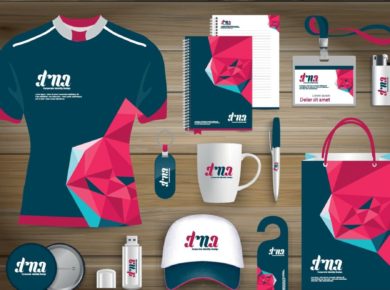Novated leasing is a popular employee benefit in Australia that allows employees to finance a car using pre-tax dollars. It’s a win-win for employers and employees because it can help reduce taxable income for employees and increase employee satisfaction and retention. If you want to learn about novated leasing and its meaning, here’s everything you need to know.
How Does It Work?
When an employee chooses to enter into a novated lease, they enter into a lease agreement with a finance company. The finance company then assigns the lease to the employer, who agrees to make the lease payments on behalf of the employee. The employer decreases the lease payments from the employee’s pre-tax salary, which can help reduce their taxable income.
The employee is responsible for all aspects of the lease, including maintenance, insurance, and registration. At the end of the lease, the employee can purchase the car or return it to the finance company.
Benefits for Employers
Attract and Retain Talent: Offering salary leasing as an employee benefit can help your company stand out from competitors and attract top talent. In a competitive job market, offering unique and desirable benefits can make a big difference in hiring. Additionally, by providing a benefit that employees value, you can increase employee retention rates and reduce turnover costs.
Increase Employee Satisfaction: Salary sacrifice can benefit employees, allowing them to purchase or lease a car using pre-tax dollars. This can result in vital tax savings and increase overall satisfaction and morale. By offering this benefit, you can show your employees that you value their well-being and are committed to their financial success.
Reduce Taxable Income: One of the primary benefits of salary sacrificing is that it can help reduce taxable income for both the employee and the employer. Employees can lower their taxable income and reduce tax liability by using pre-tax dollars to finance a car. This can result in significant tax savings for the employee and the employer.
Minimal Cost to the Employer: While the employer is responsible for making the lease payments on behalf of the employee, all other costs associated with the lease, such as maintenance and insurance, are the employee’s responsibility. This means that the employer can offer a valuable benefit to employees without incurring significant costs.
Improved Cash Flow: Salary sacrifice can also help improve cash flow for both the employer and the employee. Using pre-tax dollars to finance a car, employees can reduce their taxable income and free up more cash for other expenses. Additionally, by offering this benefit, employers can improve their cash flow by reducing the need for expensive company cars and reducing expenses associated with fleet management.
Considerations for Employers
Administration: The employer is responsible for administering the lease payments and ensuring that all aspects of the lease agreement are being met.
Eligibility: Not all employees may be eligible for salary sacrifice, particularly if they do not meet the credit requirements set by the finance company.
Cost: While leasing can be a cost-effective benefit for both the employer and the employee, it’s essential to carefully consider the costs associated with the lease, including the lease payments, maintenance, and insurance.
Exit Strategies: Employers should have a clear exit strategy if an employee leaves the company. This may involve transferring the lease to the employee, terminating the lease, or finding a new employee to take over the lease.
Conclusion
Suppose you’ve learned novated leasing and its meaning. In that case, you know it can be a valuable employee benefit for employers looking to attract and retain top talent. While there are considerations to consider, such as administration and eligibility, salary sacrificing can be a cost-effective and valuable benefit for both employers and employees.















